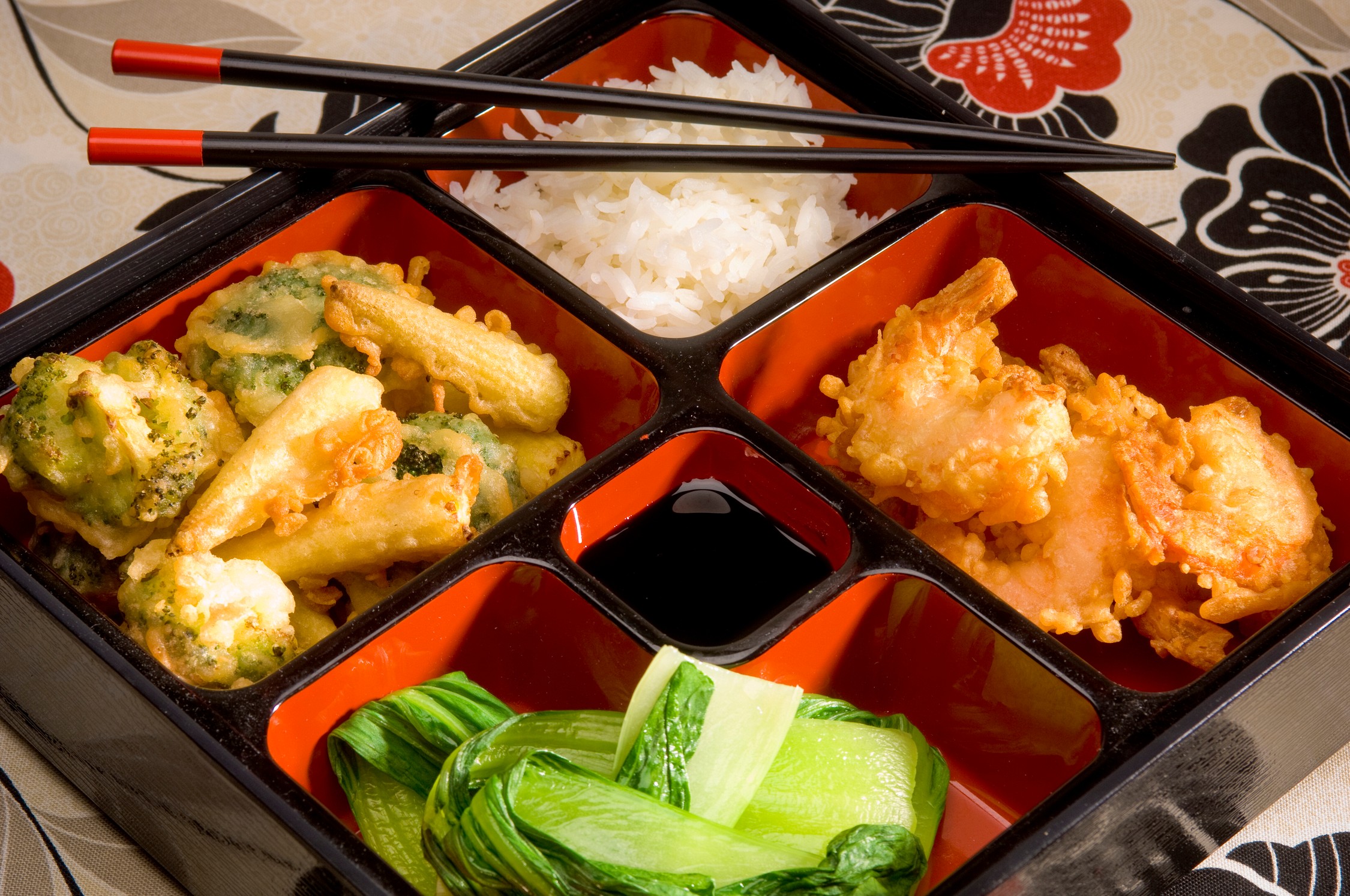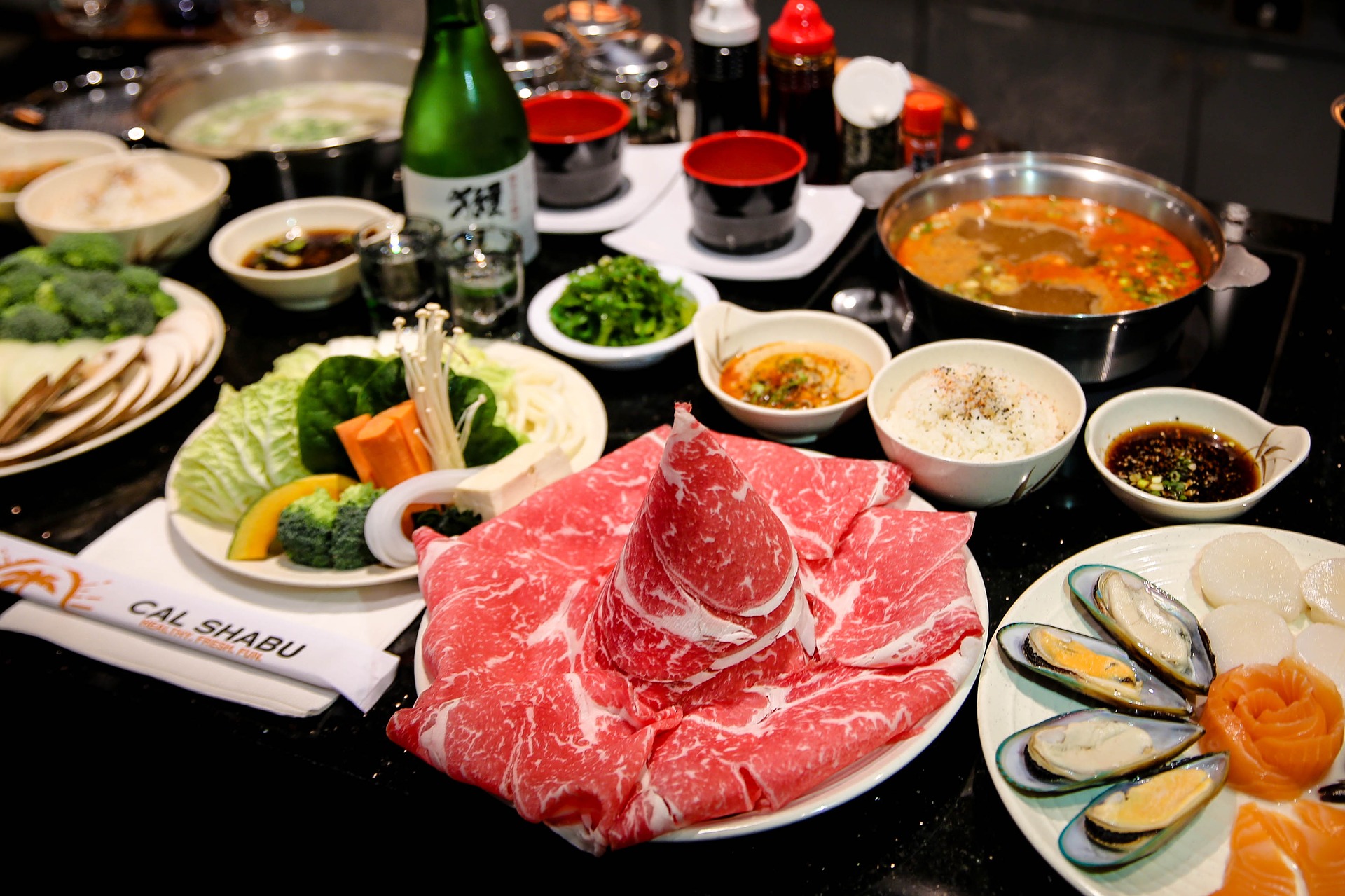THE FOOD AND BEVERAGE INDUSTRY 2018
The food and beverage industry in 2017 saw natural disasters disrupt key ingredient supplies, stormy politics rewrite regulations, mind-blowing technological advances (like cellular agriculture) and Amazon’s soaring success, and it’s likely such disruptors will continue to pop up in 2018. There are a variety of opportunities for growing food and beverage businesses in 2018, but staying on top of changing customer needs, understanding millennial preferences, leveraging new packaging and employing key technology and acquisition strategies will all be essential in this competitive marketplace. From bowl-based packaged foods to cost-conscious consumers, what should businesses focus on for 2018?
In the workaday world of food and beverage product development, health and wellness, which has long been an overriding goal, is being challenged by transparency, as it drives trust and loyalty. “Consumers primarily hold food companies responsible for providing information across all food transparency topics”. When it comes to transparency, we’re seeing the tip of the iceberg; “Consumers are still learning about what ingredients to look for, and the FDA has yet to weigh in on a definition of ‘natural'”.

Changing Customer Preferences
Bold and exotic flavors, snacking and health and wellness are all at the forefront for consumer food preferences in 2018, and the millennial generation is frequently driving those choice options with their adventurous palates. Subscription food home delivery will also continue to evolve, keeping in mind consumers’ wishes to be part of the meal-making process with easy-to-follow recipes and healthy, fresh ingredients. Likewise, on-the-go, convenient packaging, like bowl-based choices featuring kale, quinoa and more, will be in demand as eager consumers look for quick but healthy eating options. Staying on top of these shifting lifestyles and preferences will be essential for relevant and profitable food and beverage companies. As we witnessed in 2017, large packaged food companies that haven’t been on-trend with healthy snacking resulted in declining sales.

Mergers & Acquisitions
Many companies in 2018 will add new product lines or introduce healthier products and ingredients to their existing foods and drinks. Yet, rather than developing these newer products within the business’ existing operations, more and more, we’re seeing companies acquire businesses that are producing the type of foods or ingredients they’re looking for.
These acquisitions are frequently done at a lower cost than spending the time and resources in internal research and development (R&D) to create these newer products. In a sense, acquisition is the new R&D for many food and beverage companies wanting to enhance their product offerings and brand. Watch this brief video to learn more about industry mergers and acquisitions trends this year.
Food Safety
In recent years, consumer confidence in the safety of the food supply has been lagging. According to a recent International Food Information Council Foundation’s Food & Health Survey, 61 percent of Americans are at least somewhat confident in the safety of the food supply, down from 66 percent in 2016. Clearly, food manufacturers would like to mitigate risks and improve in this area. For many businesses, food safety and preventive efforts will continue to be top of mind in 2018.

eCommerce
Although shelf space in grocery stores has become fiercely competitive, there are other attractive selling channels taking rise. Today, sales on direct-to-consumer sites and third-party e-commerce platforms account for 36 percent of specialty food and beverage sales. With Amazon’s acquisition of Whole Foods, the demand for online delivery and subscription food services will continue to grow in 2018 as busy consumers show their preference for doorstep delivery. As the fierce competition for shelf space continues, home delivery will grow in demand as well. Customers order their choices from their devices, and delivery is provided within hours or available for pickup at neighbouring locations. Look for this service to continue to grow regionally, too, as local grocery outlets, dairies and farmers develop operations to meet their customers’ needs.
Clean label, and terms that signify ingredients or foods that are ‘good for you,’ are creating quite a few conundrums for food and beverage manufacturers. How can manufacturers better communicate with consumers about ingredients and what exactly ‘clean label ‘really means.
Food Sustainability
More and more consumers, particularly millennials, want to know their food producers are green, charitable with their excess product, control their water consumption, use alternative energies like solar power, reduce wasteful packaging and more. While these important sustainable measures can be costly to operations, companies must leverage efficient green systems and be aware of cost-saving tax credits, like food donation deductions, to help offset these important efforts.
Product developers will continue to clean up labels, reduce added sugars, eliminate genetically engineered ingredients (GMOs) and replace “bad” fats, sodium and synthetic colours and flavors. More online and mobile shopping, sophisticated meal delivery methods and research and development of tailored products are all parts of the huge wave of personalized nutrition surfacing.
“GMOs continue to be a hot debate topic,” Transitioning a product to a clean label is a hefty undertaking for companies’ customer loyalty and their pocketbooks. And they still must maintain the flavor profile consumers come to love and expect.”
Technology
In 2018, consumers will research before they buy more than ever, and that includes food and beverages. With a quick search on their smartphones, consumers can make informed and speedy choices about the products they consume. What foods provide the protein and energy boost needed for a workout? Which drinks promote healthier skin? Where is this food grown?
What are the core values and history of the company manufacturing the product? Successful food and beverage businesses will use digital and social platforms to connect with consumers, providing robust product research avenues, tips, stories, forums and more for the information hungry consumer. Harnessing the internet of things and big data are important parts of that overall strategy as well.
“We’re in a period of significant disruption, not only from technology, but also exponentially because of the political climate,” remarks Stuart Sproule, North American president of trend spotter and strategic branding and design firm Landor (landor.com). “Brands have entered a new frontier. Consumers want to know their brands share their ideologies. To foster strong brand communities, companies should ensure they have authentic values and a well-articulated identity”.
